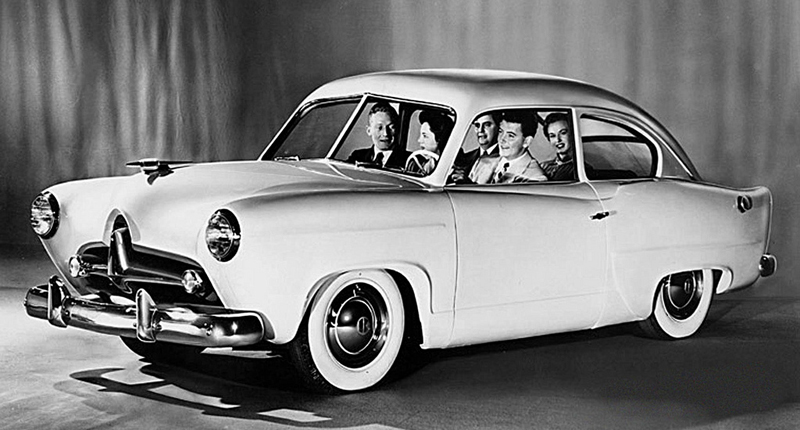The process of buying a car has changed drastically over the last few years – most significantly, self-educated customers have made a decision long before they enter a physical dealership, minimizing the influence of the sales staff. Most purchases (as much as 70%) being with research conducted on a search engine, and most car buyers will consult no less than seven sources before coming to a decision.
There are also other influencing factors to contend with. According to Nielsen, 60% of shoppers consult peer reviews before making a purchase, and 59% of people consult friends and family for purchasing decisions.
No ad to show here.
Car buyers are based online — where are the sellers?
Car buyers have consistently used the internet throughout the buying process, preferring to kick tyres online rather in the local dealership. However, examining the ad spend of the average automotive company, and youâ€
The new generation of car buyers – the millennials – are virtually unreachable on channels other than the Internet. 94% of them will consult online sources before making a purchase, and 23% of them will talk about their purchase on social media after the fact. The game has changed. The ones who feel this most keenly are the ones who have to move stock – the salespeople on the ground. They are also the ones who have often bypassed management and uploaded ads to online classifieds like Gumtree to generate their leads. Iâ€
Adapting to a new model can be difficult – and most dealer principals are more comfortable seeing an ad in their local newspaper than online, knowing that itâ€
The person seeing the ad in the newspaper has to put it down to communicate with the dealership, the radio listener canâ€
The cost of influence
Digital is of course, much harder to master. Search engine marketing in a competitive market is expensive, and online display ads can run five to ten times the cost-per-visit in comparison. Building a successful, high-traffic site can also take years (and millions). As a result, most dealerships have turned to third party partnerships with online car sales platforms.
Itâ€
The way forward
Having devoted months to developing a system balancing a system that meets the needs of dealerships (but considering the flexibility of those needs) has been eye-opening – it has also revealed that those arenâ€
Cognitive fluency is a necessity dictated by the Internet age. We tend to complete purchases more quickly and more often if itâ€
Conclusion
Dealerships have to examine all their options if they hope to succeed. It is possibly to reduce ad spend on traditional mediums (as well as traditional car platforms) and still increase the amount and quality of leads received. I canâ€
Image: James Vaughan via Flickr.
